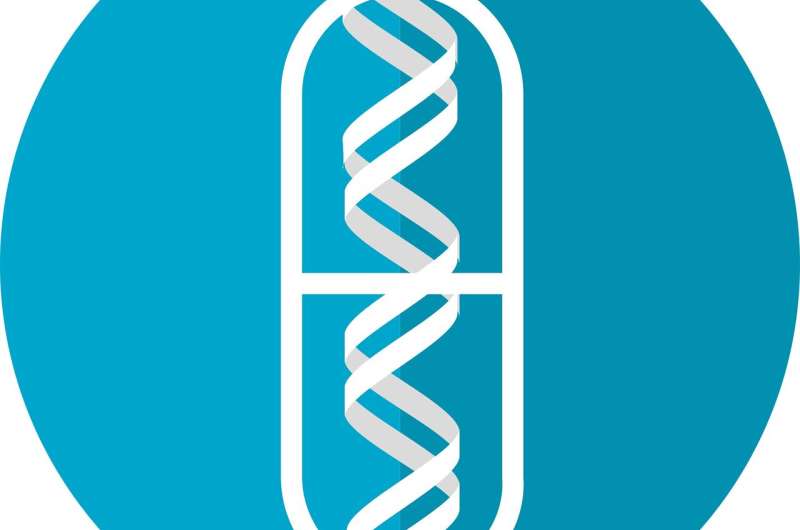November 17, 2020 report
Test of adeno-associated viral vectors with gene therapy in dogs with hemophilia produces evidence of genomic changes

A team of researchers from Children's Hospital of Philadelphia, the University of Pennsylvania, the University of North Carolina at Chapel Hill and Johns Hopkins School of Medicine has found evidence of genomic changes in dogs that were part of a long-term test of the use of adeno-associated viral (AAV) vectors in gene therapy. In their paper published in the journal Nature Biotechnology, the group describes their 10-year study of the gene therapy technique in dogs and what they learned from it. Charles Venditti with the U.S. National Institutes of Health has published a News and Views piece outlining the work by the research team in the same issue.
Adeno-associated viral vectors were developed back in the 1960s after some adenoviral vectors were found to be dangerous to patients. They consist of single strands of DNA genomic material produced for use in a variety of cell types. Their purpose is to alter DNA in a way that prevents genetic diseases. They are believed to be a safe way to deliver genetic material because they settle in the nucleus without integration into cell DNA. In this new effort, the researchers have tested this notion by using AAV vectors as part of gene therapy to treat dogs with hemophilia.
The work involved conducting gene therapy using AAV vectors for several dogs and then studying the outcome for up to a decade. Over the course of 10 years, they periodically tested the dogs for hemophilia symptoms and signs of DNA changes resulting from the AAV therapy. They found that the gene therapy was successful in curing the dogs of hemophilia but they also that the AAV vector had found its way into the dogs' DNA. They found integration between the genomic strands that had been inserted and the dog's natural genome. They also found that this integration led to proliferation of cells in parts of the dog's bodies that could potentially become malignancies. However, they found no instances of cancer in any of the dogs. They did, however, find an instance in two dogs of coagulation factors remaining steady for four years before rising suddenly to much higher levels.
More information: Giang N. Nguyen et al. A long-term study of AAV gene therapy in dogs with hemophilia A identifies clonal expansions of transduced liver cells, Nature Biotechnology (2020). DOI: 10.1038/s41587-020-0741-7
Journal information: Nature Biotechnology
© 2020 Science X Network



















